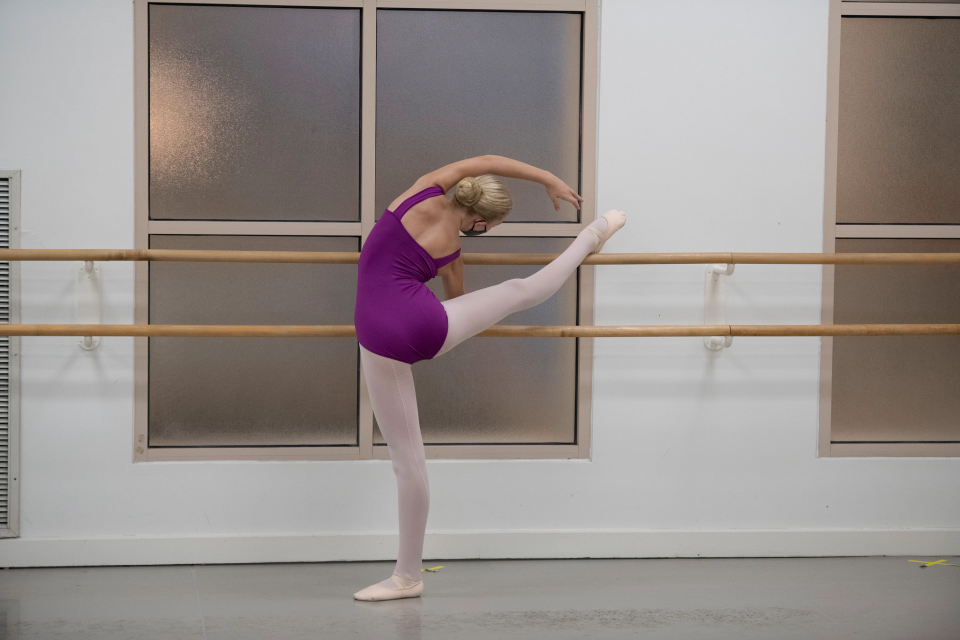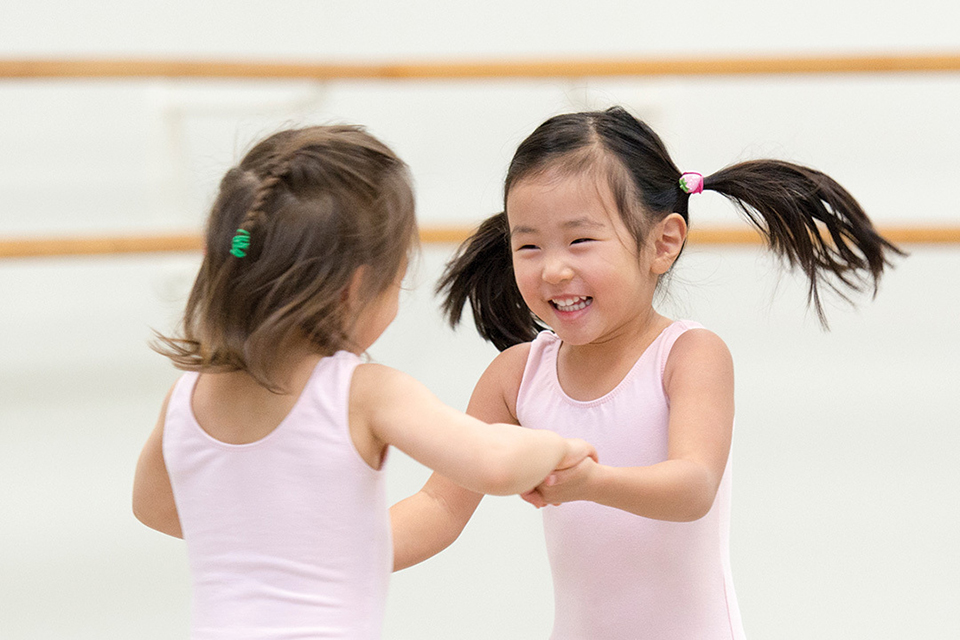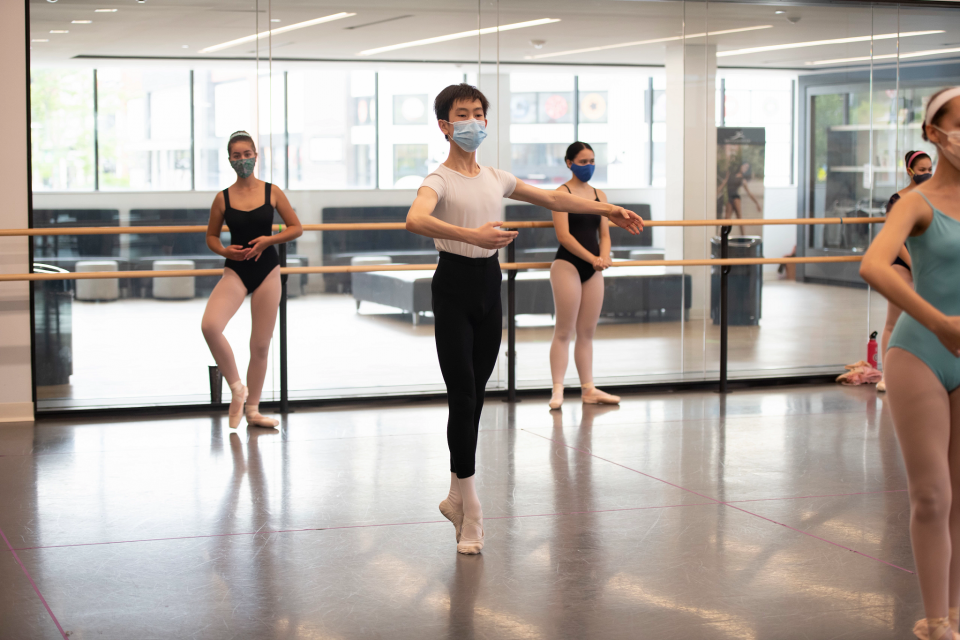Looking for Ways to Enrich Your Child’s Health? Dance Classes Can Help

Photo by Igor Burlak Photography
Let’s be honest. As beautiful and beloved as our children are, it can be hard to strike a balance between all the pillars of their wellness. As parents, we have to protect the health of their whole being. Lately, that health is less easily attained: Children are drifting away from meaningful stimulation and toward the allure of the screen—even more so because of the pandemic. It’s what Dave Czesniuk, sports psychology professional and managing director of Boston Ballet School, calls a “creeping stagnation” of the wholly active lifestyle of generations past. Parents are looking for solutions, ways to avoid the riptide of cyber-fixation.
Czesniuk and Boston Ballet School have the perfect solution to that problem for any young person, and that solution is dance. Here are 5 reasons why.
The brain benefits immediately
Dance, and more specifically ballet, offers rapid mental health benefits that you’d be hard pressed to find elsewhere. “There’s a certain focus on mastery, emphasis away from competition in dance, that I really think allows young people to quickly embody the healthy benefit of the activity,” Czesniuk says. He also notes that ballet is one of the only activities where mirrors are so prominent, meaning that there’s positive, ever-present feedback throughout each class. Young dancers get to see themselves improve at something each day, starting with day one—without competing or trying to beat an external standard.
Plus, dance teaches focus. “This is also an activity that is at least 45 minutes in duration, up to 90 minutes per class,” Czesniuk says. “I don’t think there are that many opportunities for young people to be that focused for that long a time on healthy activities that include physical and social and mental development.”
Everyone can take the stage
Boston Ballet School is one of the largest ballet schools in North America, so it’s no surprise that they have something to offer for everyone. “We have to evolve and expand curriculum and opportunities for inclusion across ability, across race, across gender—constantly,” Czesniuk says. They have had a very successful Adaptive Dance program for students with cognitive ability differences. Czesniuk says it’s important that they preserve the best parts of the exclusive structure of that program, but also to ensure that all staff and faculty are prepared to teach every student who walks into the studio.
In addition, the virtual class format introduced during the pandemic will become a new accessibility solution for aspiring dancers who can’t reach the studio, or for those who aren’t quite ready to enter into the studio after over a year away from the in-person format. Plus, virtual classes have proved to have their own advantages. “Students were able to get more one-on-one direct feedback from instructors,” he says. “They were able to develop a deeper rapport on an individual level.” Boston Ballet School plans to translate those beneficial features to in-person classes as well.

Photo by Igor Burlak Photography
Dance provides access to seemingly unteachable life skills
The emphasis on self-mastery in ballet is what Czesniuk says is the spring for long-term mental health benefits and habit forming. He says it fosters a larger intrinsic motivation towards technical achievement. “Ballet students are better students of the game, so to speak,” he says. “They are more likely to continue to learn, develop, and grow on their own, as opposed to needing exceptional nudging or motivation from coaches.” Czesniuk has worked with athletes from hockey players to pole vaulters to air rifle Olympians, meaning your budding Tom Brady or Rafael Devers could benefit from dance. To him, ballet students are mental warriors.
Dance is a healthy source of confidence
Boston Ballet School ensures two to three performing moments a year, where students get to apply what they learned with music and with their peers. “I think those are big moments for accelerating and growing confidence,” Czesniuk says. “They’re very much community-driven elements of confidence building.” When a young person chooses dance, they are opting for an activity where they can work hard, see and feel their improvement, learn and memorize choreography, and perform in a culminating moment in front of people who support them. That’s how to get confidence in its purest form.

Photo by Igor Burlak Photography
It instills priceless social values for every gender
Young ballet students are introduced to a new type of social interaction and etiquette in general. Not only are they socially engaging by being around other young people, Czesniuk says they learn reverence to the art and respect every day. “The social development benefit there is actually being intentional about your presence, being intentional about how you are interacting with other students. So it’s engendering a more thoughtful approach to other people.”
Czesniuk also notes ballet’s coeducational nature—even in the beginning stages, having mixed-gender instruction teaches invaluable social lessons. “It’s important to highlight young men developing positive, healthy relationships with young women in a professional way, and in regards to mutual respect, and understanding the value each other brings,” Czesniuk says. There are few co-ed sports where men and women are on the field at the same time, and Czesniuk says there are many benefits to be derived from that feature of dance for every age.
If you’ve been looking for the right time to introduce your child to the arts, or just to something new, this is your sign—the time is right after months of monotony and strained lifestyles. Boston Ballet is ready to reshape your child’s wellbeing. “The creative spirit endures,” Czesniuk says. “If you’re a parent who has a kid that is looking to tap into something inside them of a creative bent, come on into the world of dance, because we’ve got the environment for it.”
To learn more about Boston Ballet School’s programming and attend their open house on August 14, visit bostonballet.org/school.
This is a paid partnership between Boston Ballet and Boston Magazine


